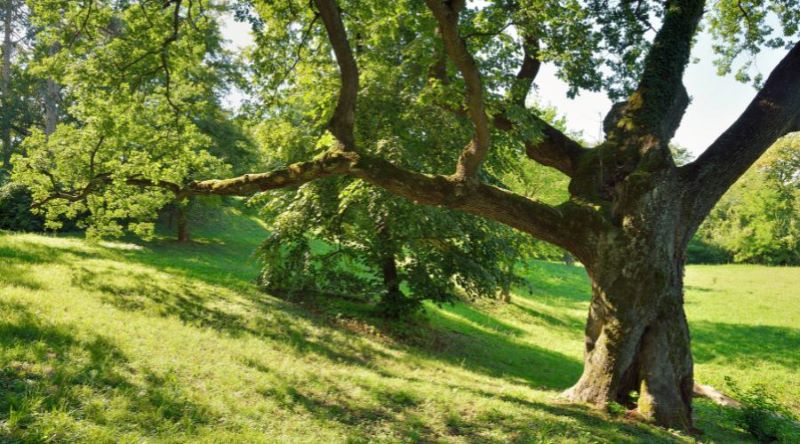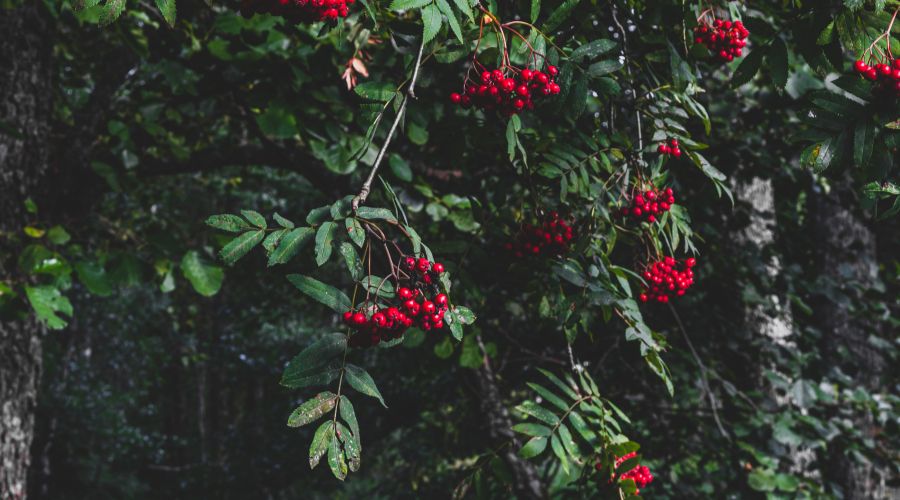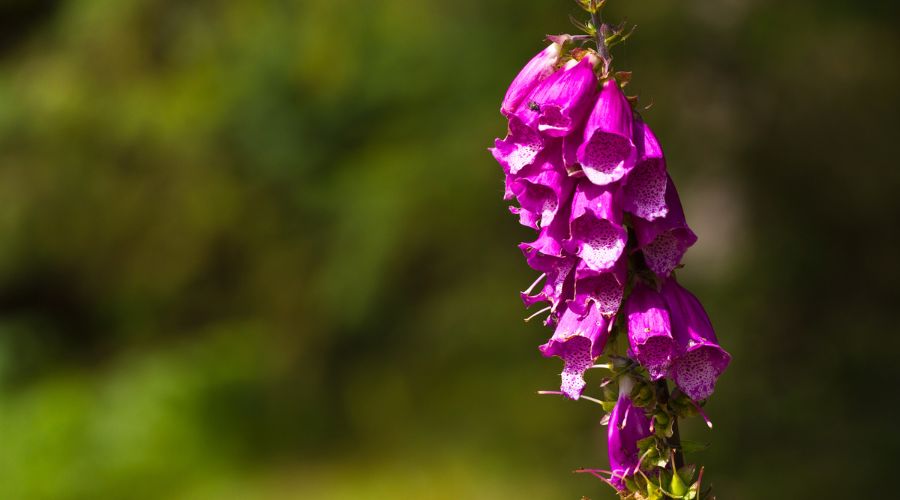Outdoor Activity for Kids: How to Conduct a Nature Scavenger Hunt
A nature scavenger hunt is a fantastic way to get kids excited about the outdoors, spark their curiosity, and teach them about the natural world. This engaging activity combines adventure with learning as children search for specific items in nature.
How to Conduct a Nature Scavenger Hunt
- Choose a Location: Select a natural setting such as a local park, nature reserve, or even your backyard. Make sure it’s safe and accessible for children.
- Create a List: Prepare a list of items for the scavenger hunt. The list should include a mix of easy and challenging items to keep kids engaged and excited – we have provided a sample list below.
- Gather Supplies: Equip kids with a scavenger hunt checklist. Inform the kids that the goal is to find all the items on the list. They can either collect physical items (like leaves or flowers) or take photographs if the items are not to be touched or picked.
- Safety: Emphasize the importance of safety. Ensure kids know not to touch or disturb wildlife and to be cautious around plants and insects.
- Divide into Teams: If you have a large group, divide the kids into small teams to encourage teamwork and friendly competition.
- Set a Time Limit: Decide on a time limit for the hunt to keep the activity exciting and manageable.
- Explore and Search: Let the kids explore the area and search for the items on their list. Encourage them to observe carefully and think about where they might find each item.
- Review Finds: Once the hunt is over, gather everyone to review what they found. Discuss each item on the list and share interesting facts or observations.
- Celebrate: Celebrate the kids’ efforts with a small reward or acknowledgment. This could be a special snack, a certificate, or simply praise for their participation.
Scavenger Hunt Item List and Identification
Here’s a list of potential items for the scavenger hunt, along with tips on how to identify each one:
Oak Tree
Identification: Look for a large tree with broad, lobed leaves. The leaves usually have a distinctive shape with deep indentations. Oak trees often have a thick, rough bark.

Fun Fact: Oak trees can live for hundreds of years and support a wide variety of wildlife.
Rowan Tree
Identification: Also known as mountain ash, the rowan tree has pinnate leaves with small, oval leaflets. It produces bright red or orange berries in clusters.

Fun Fact: Rowan trees are often associated with folklore and have been used for their medicinal properties.
Oxeye Daisy
Identification: This flower has large, white petals with a yellow centre. The petals are usually arranged in a single layer around the central disk.

Fun Fact: Oxeye daisies are commonly found in meadows and are known for their cheerful appearance.
Poppy
Identification: Poppies have distinctive bright red, orange, or pink petals with a black centre. They often have a delicate, tissue-like appearance.

Fun Fact: Poppies are known for their beautiful blooms and are also a symbol of remembrance.
Emperor Butterfly
Identification: Look for large butterflies with striking patterns in shades of blue, green, and gold. They have long, slender wings and are often seen fluttering around flowers.

Fun Fact: Emperor butterflies are known for their impressive size and colourful markings.
Bumblebee
Identification: Bumblebees are large, fuzzy bees with black and yellow stripes. They are often seen buzzing around flowers collecting nectar.

Fun Fact: Bumblebees are important pollinators and play a crucial role in the ecosystem.
Sparrow
Identification: Sparrows are small, brownish birds with short beaks and a cheerful chirping sound. They are commonly found in gardens and parks.

Fun Fact: Sparrows are highly adaptable and can thrive in various environments.
Starling
Identification: Starlings are medium-sized birds with iridescent black feathers and a distinctive, melodious song. They often travel in flocks.

Fun Fact: Starlings are known for their fascinating murmurations, where large flocks move in coordinated patterns.
Ladybird
Identification: Ladybirds are small, round beetles with a bright red or orange body and black spots. They are commonly found on plants and flowers.

Fun Fact: Ladybirds are beneficial insects as they feed on aphids and other plant pests.
Foxglove
Identification: Foxglove plants have tall spikes of tubular flowers that can be pink, purple, or white. The flowers are shaped like fingers, hence the name “foxglove.”

Fun Fact: Foxglove plants are known for their medicinal properties and have been used in traditional medicine.
A nature scavenger hunt is an enjoyable and educational outdoor activity that encourages kids to explore, observe, and learn about their environment. So gather your supplies, head outdoors, and embark on a fun-filled scavenger hunt that will spark your child’s curiosity and love for the natural world.


-Left.gif)
-Right_1.gif)

 (1).png)
.png)